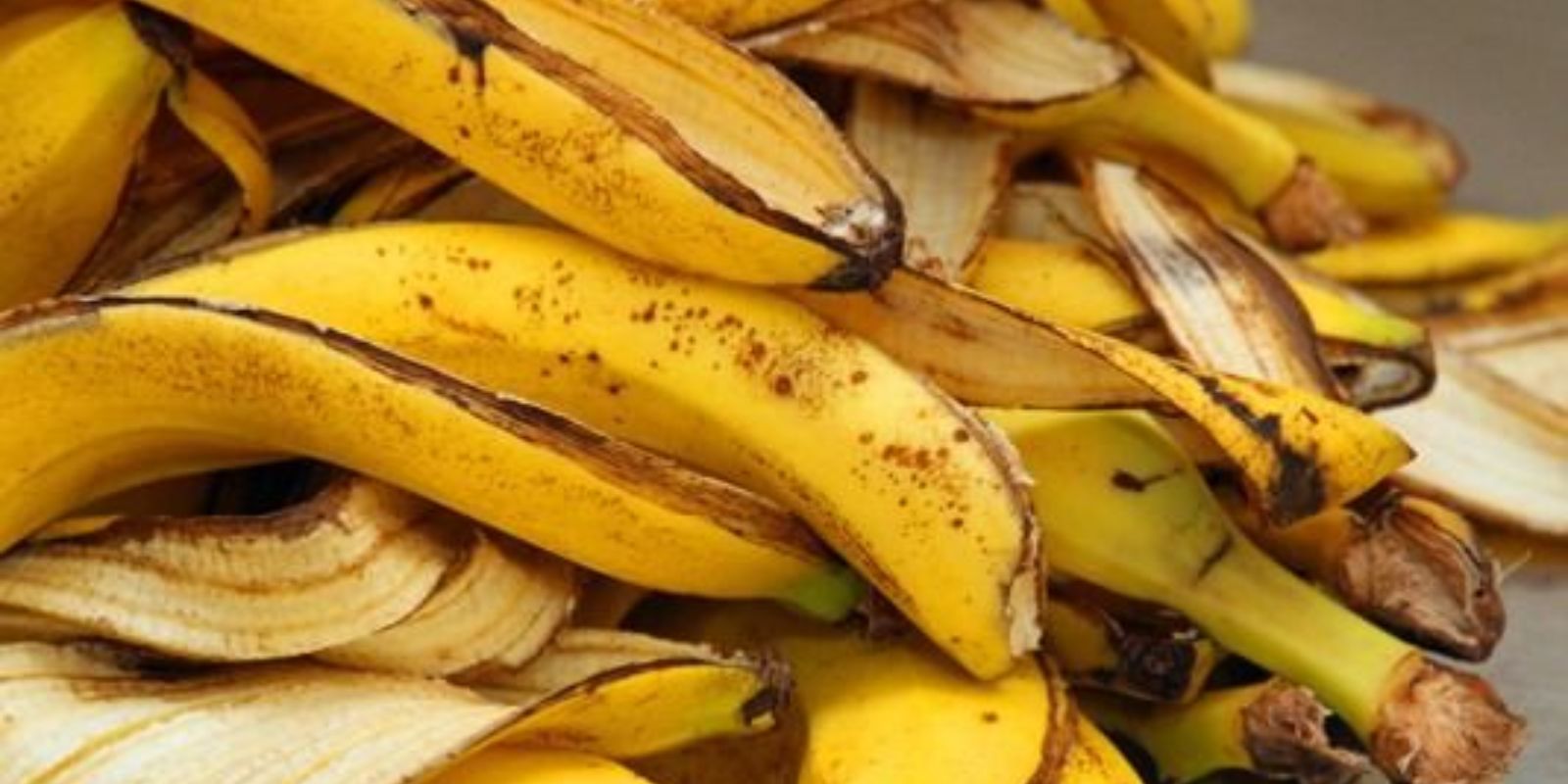Introduction
In the hustle and bustle of modern life, it’s easy to overlook the small opportunities for sustainable living right in our own kitchens. One such opportunity lies in the humble banana peel, often discarded without a second thought. Yet, these peels are packed with potential. When processed correctly, they can provide significant benefits for your home and garden. This article explores how repurposing banana peels with a food processor can transform waste into a valuable resource, offering practical tips and creative ideas for making the most of this often-overlooked kitchen byproduct.
Why Banana Peels?
Before diving into the process, it’s important to understand why banana peels are worth keeping. While they might seem like mere waste, banana peels are rich in nutrients and compounds that can benefit various aspects of home and garden care:
- Nutrient-Rich: Banana peels are loaded with potassium, calcium, magnesium, and vitamins B6 and B12. These nutrients are beneficial for plant growth and soil health.
- Natural Fertilizer: The high potassium content in banana peels makes them an excellent natural fertilizer, promoting strong root development and overall plant health.
- Composting Power: Banana peels break down quickly and contribute valuable nutrients to compost, enriching the soil with organic matter.
- Natural Pest Repellent: Certain compounds in banana peels can act as a deterrent to pests and insects in the garden.
Steps to Repurpose Banana Peels Using a Food Processor
Transforming banana peels into a useful resource requires just a few simple steps. Here’s a comprehensive guide to help you get started:
- Collect and Store Peels:
- Save Peels: Instead of tossing banana peels into the trash, collect them in a designated container. You can store peels in the freezer until you have enough to process.
- Choose Fresh Peels: Ideally, use peels from ripe or slightly overripe bananas, as they tend to have more nutrients and are easier to process.
- Clean Thoroughly:
- Rinse: Wash the banana peels under cold running water to remove any dirt or pesticide residues.
- Optional Soak: For extra cleanliness, you can soak the peels in a mixture of water and vinegar for about 10 minutes, then rinse thoroughly.
- Cut Into Chunks:
- Slice Peels: Cut the banana peels into smaller pieces or chunks. This will make it easier for your food processor to blend them into a smooth consistency.
- Remove Excess Fiber: If the peels are particularly fibrous, you can trim off any tough or stringy parts.
- Process the Peels:
- Food Processor Setup: Place the peeled chunks into your food processor. If you don’t have a food processor, a high-speed blender can also work.
- Blend: Process the peels until you achieve a smooth, pulpy consistency. Depending on the quantity, you may need to add a small amount of water to help with blending.
- Utilize or Store:
- Garden Use: For garden applications, you can mix the banana peel puree directly into your compost or use it as a natural fertilizer by spreading it around your plants.
- Storage: If not using immediately, store the banana peel puree in an airtight container in the refrigerator for up to a week, or freeze it in portions for long-term storage.
Creative Uses for Banana Peel Puree
Once you’ve processed the banana peels, there are numerous ways to utilize the puree effectively:
- Composting: Incorporate the banana peel puree into your compost pile or bin. It helps speed up decomposition and enriches the compost with valuable nutrients.
- Fertilizer: Mix the banana peel puree with water to create a natural fertilizer. Use this liquid fertilizer to water your plants, giving them a nutrient boost.
- Pest Repellent: Sprinkle dried, powdered banana peels around your garden to help deter pests and insects. The scent can repel common garden pests.
- Soil Amendment: Blend banana peel puree into your garden soil to improve its texture and nutrient content. This helps promote healthy root growth and overall plant vigor.
Additional Tips for Using Banana Peels
To maximize the benefits of banana peels, keep these additional tips in mind:
- Balance Your Compost: While banana peels are great for compost, they should be balanced with other materials like brown leaves or paper to avoid overly acidic conditions.
- Avoid Overuse: Use banana peel puree in moderation. Too much can lead to imbalances in soil nutrients or attract pests.
- Experiment: Feel free to experiment with different ways of using banana peels. You might find new and creative applications that suit your needs.
Conclusion
Banana peels, often seen as mere waste, hold a treasure trove of benefits when repurposed with a food processor. From enriching your compost to enhancing your garden soil, these peels offer a sustainable and practical solution for home and garden care. By embracing the potential of banana peels, you contribute to a more eco-friendly lifestyle while reaping the rewards of improved plant health and reduced waste. So, next time you peel a banana, remember the hidden value in those discarded peels and put them to good use. 🍌🌱✨

